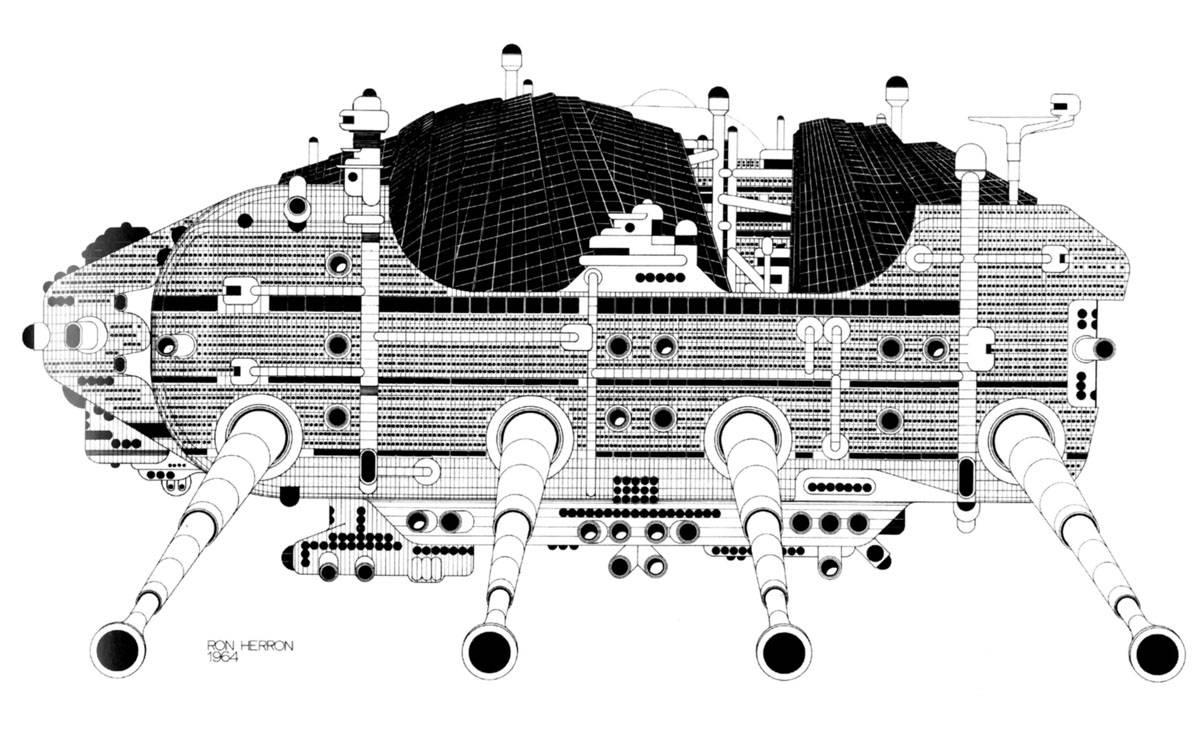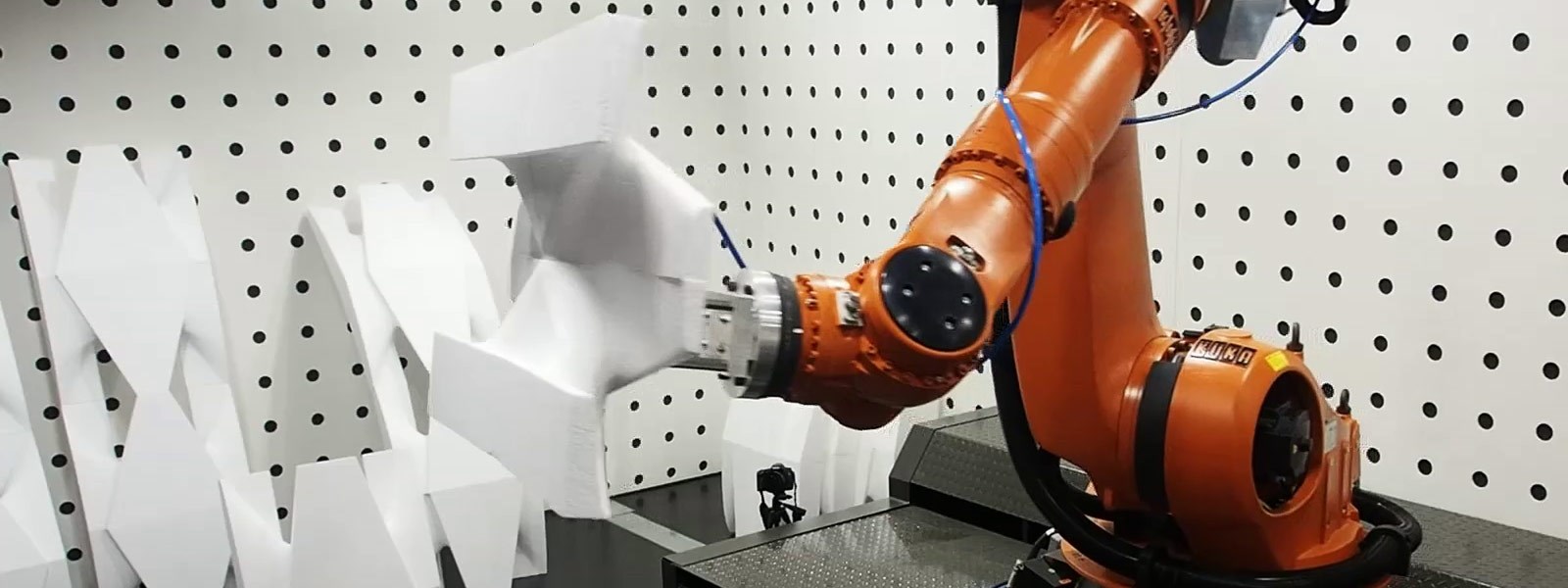Robots ability to move and act autonomously is seductive and fascinates us. For years, they have been employed by industrial manufacturers, but recently it has also being considered by architects.
The most famous and biggest version was imagined by Ron Herron, with the ‘Walking City’ in 1964. In an article at Archigram, he proposed building massive mobile robotic structures, with their own intelligence that could freely roam the world, moving to wherever their resources or abilities were needed. Different walking cities could interconnect with each other to form larger metropolises or disperse when needed. Individual buildings or structures could also be mobile, moving wherever their owner wanted or needs dictated.
 The Walking City - Image Credit: Archigram
The Walking City - Image Credit: Archigram
Now, many architects are actually thinking and making architecture with robots. This new interest is well represented by the Rob I Arch 2012 conference in Vienna, attempting to create a platform that shows the innovative uses of robotic fabrication.
This type of fabrication is allowed by programs as KUKA, Rhinoceros and Grasshopper, where designers can control robots and simulate the fabrication process digitally. An important example was made in 2006, when Gramazio & Kohler taught a class using a robot arm to lay bricks. Named as The Programed Wall and Flight-Assembled Structure, those two constructions were entire built by robots.
Currently, the most prevalent form of robotics in architecture is the robot arms. However, architects and designs have begun to study and employ other robotic strategies for design.
Sources:

